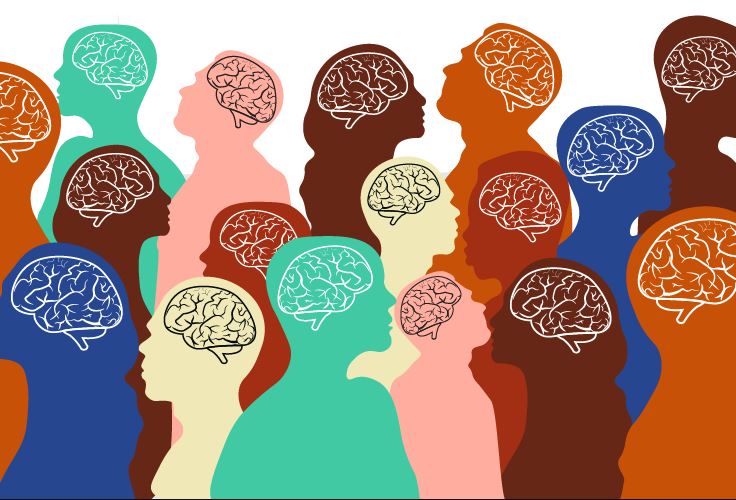Neurodiversity: The diversity we don’t see
The diversity spectrum is farther reaching than any definition that meets the eye. Diversity is inclusive of multiple intersecting identities including age, religion, ethnicity, sexuality, beliefs, abilities and thought. The diversity of “being” - to simply exist as a unique individual - is often met with violence via categorization, pathology, criminalization, discrimination, segregation and exclusion.
The Diversity We Don’t See
The diversity of which we claim to be inclusive remains invisible to the eye. This invisible diversity is Neuro-Diversity.
Neurodiversity describes the idea that people experience and interact with the world around them in many different ways. There is no one "right" way of thinking, learning, feeling and behaving, and differences are not viewed as deficits.
To clarify, individuals should not be viewed as “less than capable”, “less able”, “incapable of” and/or as deficient of will (to name a few) simply because the way they think is in contrast to societal “norm.”
Neurodivergence [also] refers to any structured, consistent way that brains work differently for a group of people than they do for the majority of others.
Neurodiversity occurs in many forms including, but not limited to, autism, ADHD and dyslexia. Although some forms of autism, ADHD and dyslexia are observable to the trained eye, most are not observable. Other forms of neurodiversity include chronic mental health illnesses such as anxiety, depression and borderline personality disorder. Down syndrome and epilepsy are also forms of neurodiversity that impact the well-being and day-to-day functions of individuals.
Keeping the Invisible Separate
There remains a long and tragic history regarding how individuals who are neurodivergent have been treated. The history of mistreatment extends beyond exclusionary hiring practices, discrimination and exclusion from a free and appropriate public education. Bullying and being made to feel different from others is very common, including comments like:
- “I was told to stop rocking and folding my arms" because she "looked like a 'crackhead.’”
- “Why can’t you just be normal?”
- “You are lazy.”
Ways to Support Individuals and Groups Who are Neurodivergent
It would seem to be a simple task to provide empathy and understanding. However, like other forms of diversity, the ways we show up in solidarity, as an ally, and as a gap filler are essential to achieve inclusivity for students and staff who are Neurodivergent.
- Promote a psychologically safe environment by building relationships with students and between students and helping them feel seen and valued.
- Amplify messaging and present information in small chunks to groups.
- Create moments of joy and gratitude in your class.
- Familiarize ourselves with strengths and weaknesses.
- Build resiliency by maintaining high expectations with appropriate levels of support.
- Remember that the student is the expert of themselves and their lives. Show them you know this by honoring their experience, listening to their voice, and giving them choice.
- Be patient.
- Be ready and willing to accommodate.
How these support strategies look across organizations, within groups and by environment should and must vary. There should be no checklist of support but rather a series of proactive and preemptive approaches that incorporate these strategies. Getting feedback before, during and after support are provided from those receiving the support will be critical toward success for everyone.
For more information on Neurodiversity:
- What is Neurodiversity?
- Unsafe, Unheard, and Misunderstood: Trauma and Neurodiversity
- "Why can't you be normal?": How the neurodivergent are mocked for being different
- Children with Autism are More Likely to Face Maltreatment
- 5 Ways Educators Can Support Neurodiversity in the Classroom
- How to Build a Neurodiverse Workforce
Yours in solidarity,
Dr. Aaron J. Griffen and Samantha Lapres
